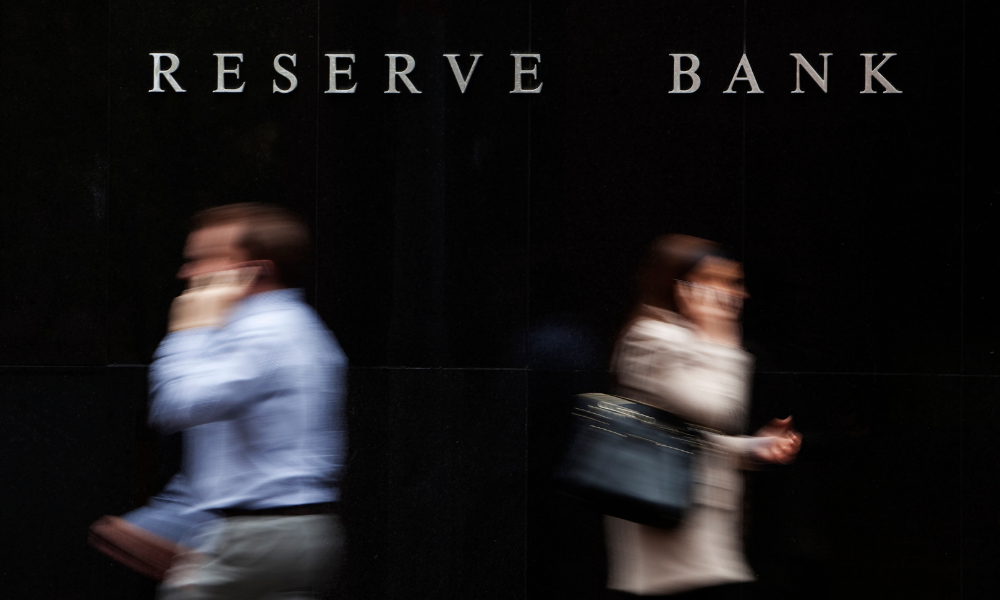Its speech provides an indication of the approach we can expect for future decisions

The Reserve Bank of New Zealand (RBNZ) has released a media speech reflecting on its monetary policy approach over the last 18 months, along with its outlook on its most likely approach over the near future.
In his speech, assistant governor Christian Hawkesby said that the Reserve Bank has been taking a “least regrets approach to uncertainty”, which has involved “sometimes moving in caution in slow, small steps, and other times moving in confidence, quickly and in large steps to remain successful.”
He noted that while central banks are often called either ‘hawkish’ for signalling higher interest rates and ‘dovish’ for signalling lower rates, a better metaphor for the Reserve Bank’s approach would be that of the kōtuku (white heron).
“The saying ‘he kōtuku rerenga tahi’ loosely translates to “‘a white heron’s flight is seen but once’,” Hawkesby said. “It expresses an idea that ‘once ready, open your wings and commit to flight.’”
“In the world of setting monetary policy, this proverb translates to those times when the outlook for the economy has been subject to large and uncertain changes, the risks are heavily skewed in one direction, and there is a material threat of not achieving your mandate,” he explained.
“In that situation, the path of least regret is to move quickly and take large steps to provide more confidence that policy settings will be appropriate if the risks to the outlook eventuate. This approach is consistent with our actions through the early stages of COVID-19 in early 2020.”
Read more: Reserve Bank says financial system sound but remains wary
Hawkesby said that this involved introducing a large amount of economic stimulus sooner rather than later, and therefore minimising the risks that the amount of stimulus delivered would not be enough. This included swiftly cutting the Official Cash Rate (OCR) by 75 basis points in March of last year, and a commitment to maintaining it at that level for at least 12 months. It also involved a range of other measures designed to stimulate the economy and keep interests low, including its temporary dropping of LVR restrictions and its Large Scale Asset Purchase programme, which was ended recently.
“As we progressed further through 2020 and into early 2021, we had a considerable amount of monetary stimulus in place to support our objectives, and the immediate economic impact of the virus was less severe than we had feared,” Hawkesby said.
“Nevertheless, we continued to judge the risks to the economy were biased to the downside. In particular, we faced uncertainty about the extent of the global economic recovery following the emergence of COVID-19. It was also unclear how the domestic economy would cope with the expiry of Wage Subsidy support, and the absence of international tourists through the traditional peak summer period.
“In response to these developments, by February 2021 the Committee reformulated its least regret by agreeing that “it would not change the stance of monetary policy until it had confidence that it is sustainably achieving the consumer price inflation and employment objectives.”
Looking ahead, Hawkesby said that the Monetary Policy Committee decided in August that its ‘least regrets’ stance would mean continuing to reduce the level of monetary stimulus. He noted that the Reserve Bank now has a better understanding of the ‘starting point’ of the economy, and the outlook on risks is looking more balanced.
Read more: Reserve Bank proposes tighter LVRs
However, he said that the response would be affected significantly by any future health response to COVID-19, including any further lockdowns, and that the Reserve Bank will be constantly assessing the external environment and taking measured steps.
Offering his ‘first take’ on the Reserve Bank’s speech, ASB chief economist Nick Tuffley said that there is “nothing to suggest” that it is changing tack, and is still likely to increase the OCR at the next review date. However, he acknowledged that the environment is still very volatile, and a lot will depend on how well Auckland manages to emerge from its outbreak.
“Nothing in the speech suggests that the Reserve Bank has softened its stance, and it still looks prepared to get on with lifting the OCR,” Tuffley said.
“The speech suggests that it is still set to hike in October, though the Auckland Level 3 lockdown will run tight up to the decision time and the lockdown’s outcome remains uncertain.”
“OCR decisions are dependent on the medium-term impacts on inflation and employment,” Tuffley noted.
“Our take is inflation will arguably be stronger in the near term because of lockdown, and employment will be temporarily softer. It is important to note that the speech was finalised on September 15 – prior to the release of the strong Q2 GDP outcome, so the comments won’t take into account that change to the starting point. The Reserve Bank put a lot of weight on the starting point back in August.”
Tuffley said that the speech had not resulted in a change to ASB’s OCR view, and it still expects to see a 25 basis point lift in October, November and February.
“If risks are evenly balanced, the Reserve Bank will tend to move smoothly,” Tuffley said.
“If the risks are heavily skewed in one direction and the inflation and employment mandates are at threat, then it would move quickly. But the mandates do not look under threat at this point.”



